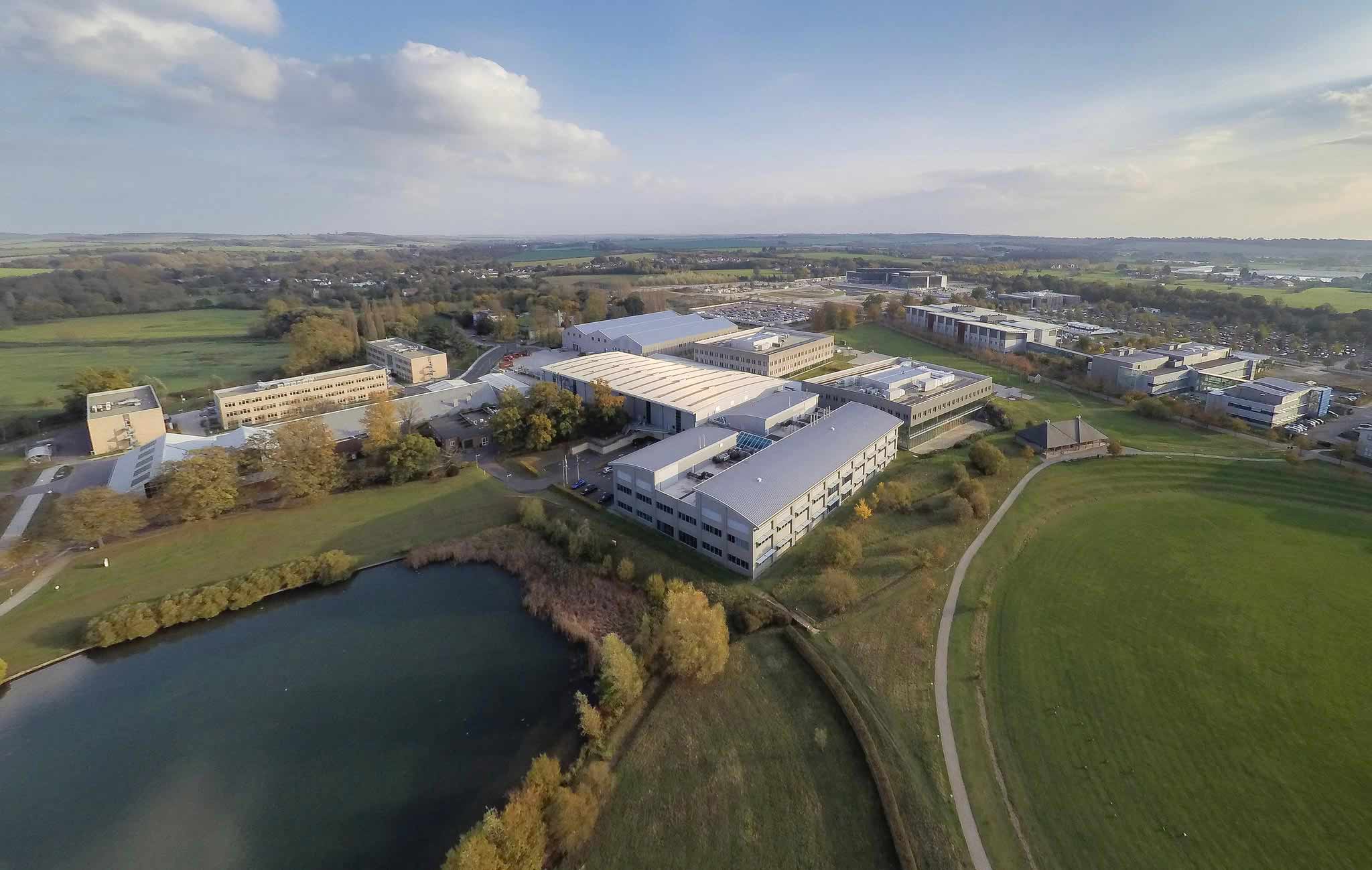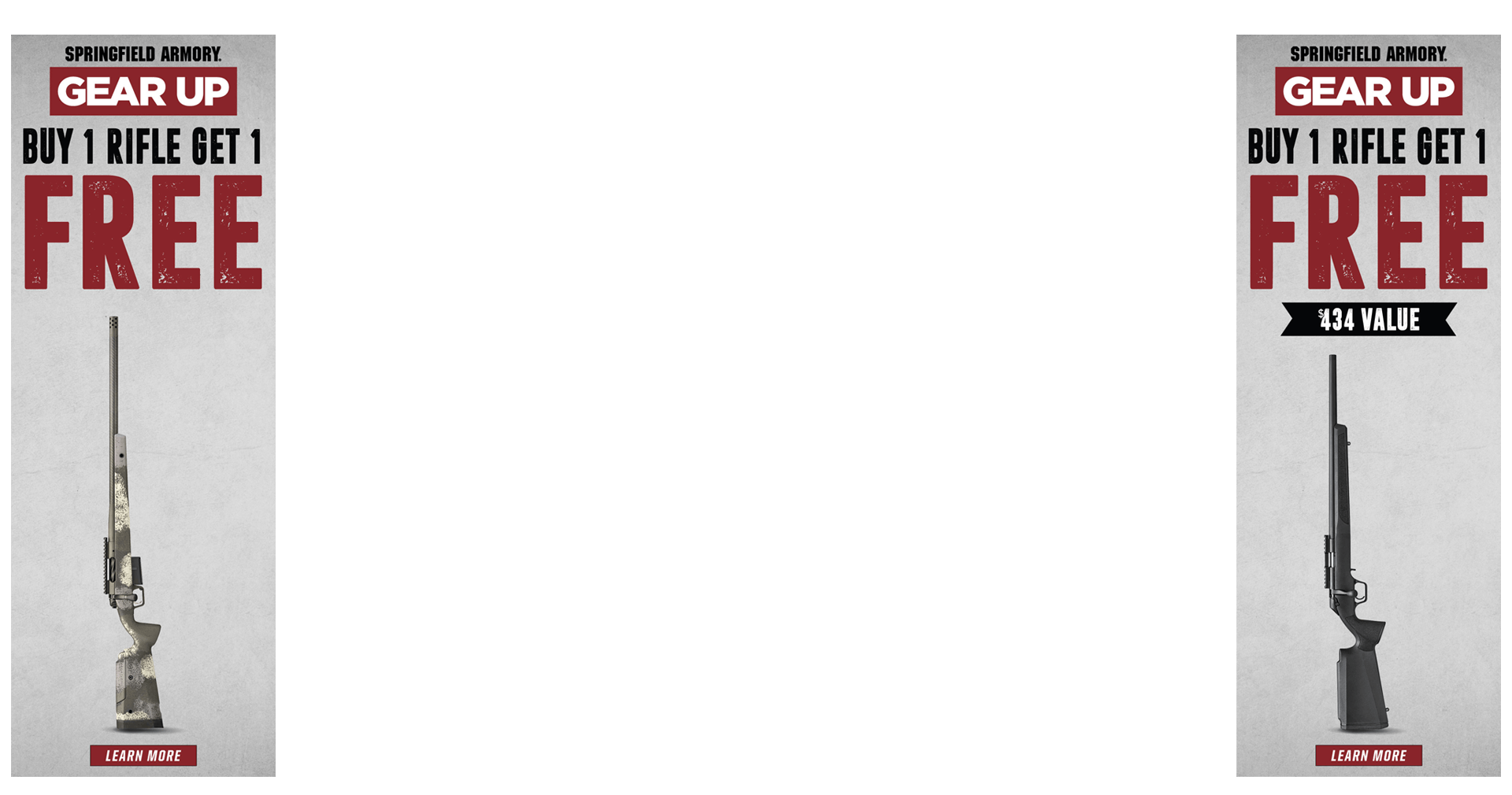Last week was real hot, like 110 degrees all week. So I didn’t go to the range. I had loaded up some ammo and just let it sit there, admiring it yet hating it at the same time. You see, this revolver I have has been giving me fits. I could never get the kind of accuracy out of it that I wanted. Which brings me to this phenomenon:
Do you remember a few years back we had a discussion about cold welding? People made arguments for and against the existence of the phenomenon we call cold welding. I know it exists because it is harder to pull bullets from ammo that has been sitting around vs ammo you just loaded. A suggestion was made to push the bullet deeper into the case before trying to pull it. This usually results in a small pop sensation which breaks the “weld”.
This has to affect internal ballistics somehow and it did in two ways: velocity and accuracy. The velocity of this ammo that had sat for a week went up 30-40 FPS and accuracy improved by 70%.
I am very happy with the revolver now but I want to study the phenomenon further. My question to you all is how long do you wait before shooting the ammo you loaded and have you even considered what is happening to neck tension over time?
I have a feeling the neck continues to tighten its grip around the bullet for a period of time until it sorta stabilizes. Someone on the internet said it’s 24hrs but I think it might be longer. This may affect accuracy or not depending on the application but in the case of my revolver it definitely does.
Do you remember a few years back we had a discussion about cold welding? People made arguments for and against the existence of the phenomenon we call cold welding. I know it exists because it is harder to pull bullets from ammo that has been sitting around vs ammo you just loaded. A suggestion was made to push the bullet deeper into the case before trying to pull it. This usually results in a small pop sensation which breaks the “weld”.
This has to affect internal ballistics somehow and it did in two ways: velocity and accuracy. The velocity of this ammo that had sat for a week went up 30-40 FPS and accuracy improved by 70%.
I am very happy with the revolver now but I want to study the phenomenon further. My question to you all is how long do you wait before shooting the ammo you loaded and have you even considered what is happening to neck tension over time?
I have a feeling the neck continues to tighten its grip around the bullet for a period of time until it sorta stabilizes. Someone on the internet said it’s 24hrs but I think it might be longer. This may affect accuracy or not depending on the application but in the case of my revolver it definitely does.




